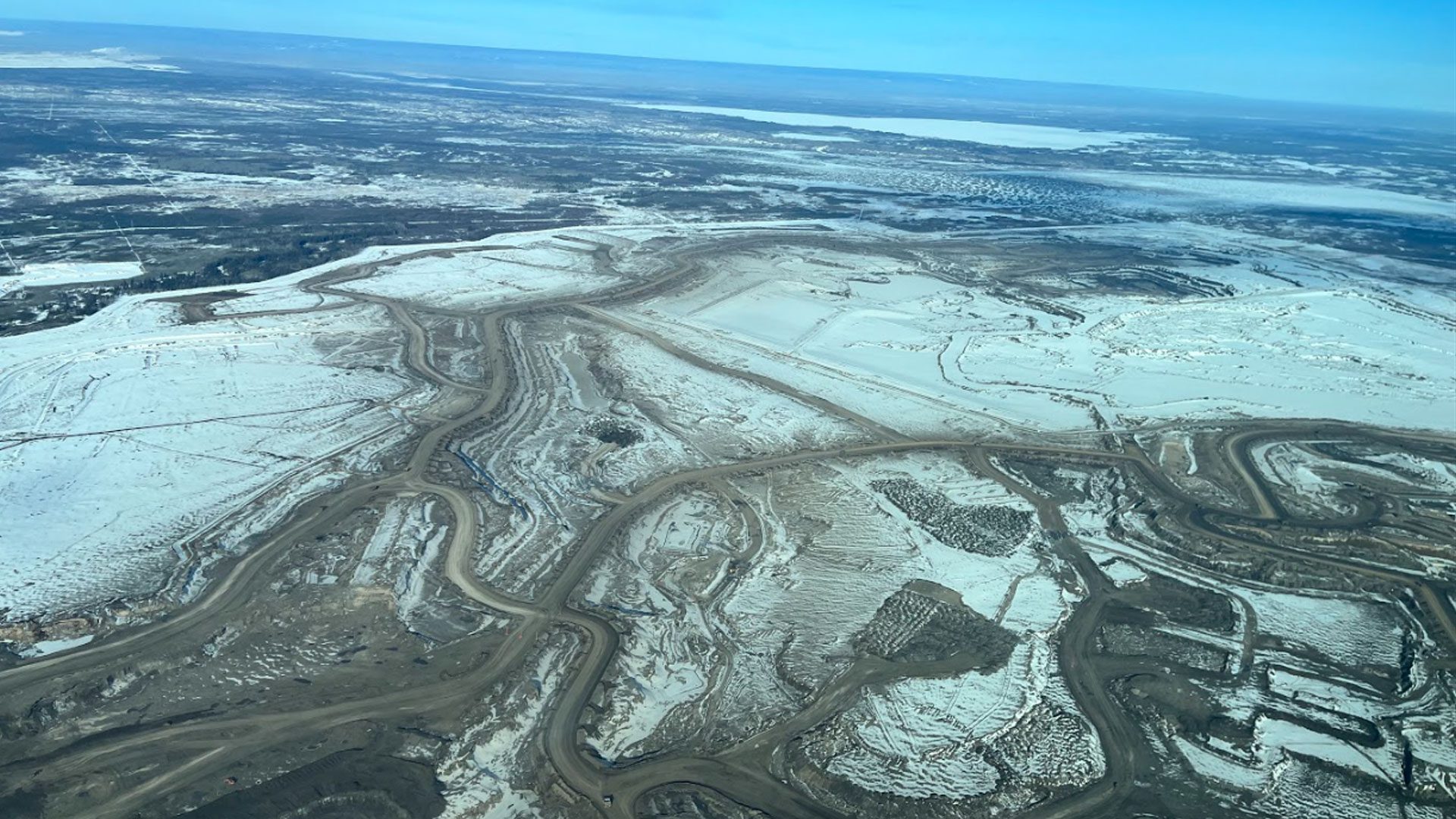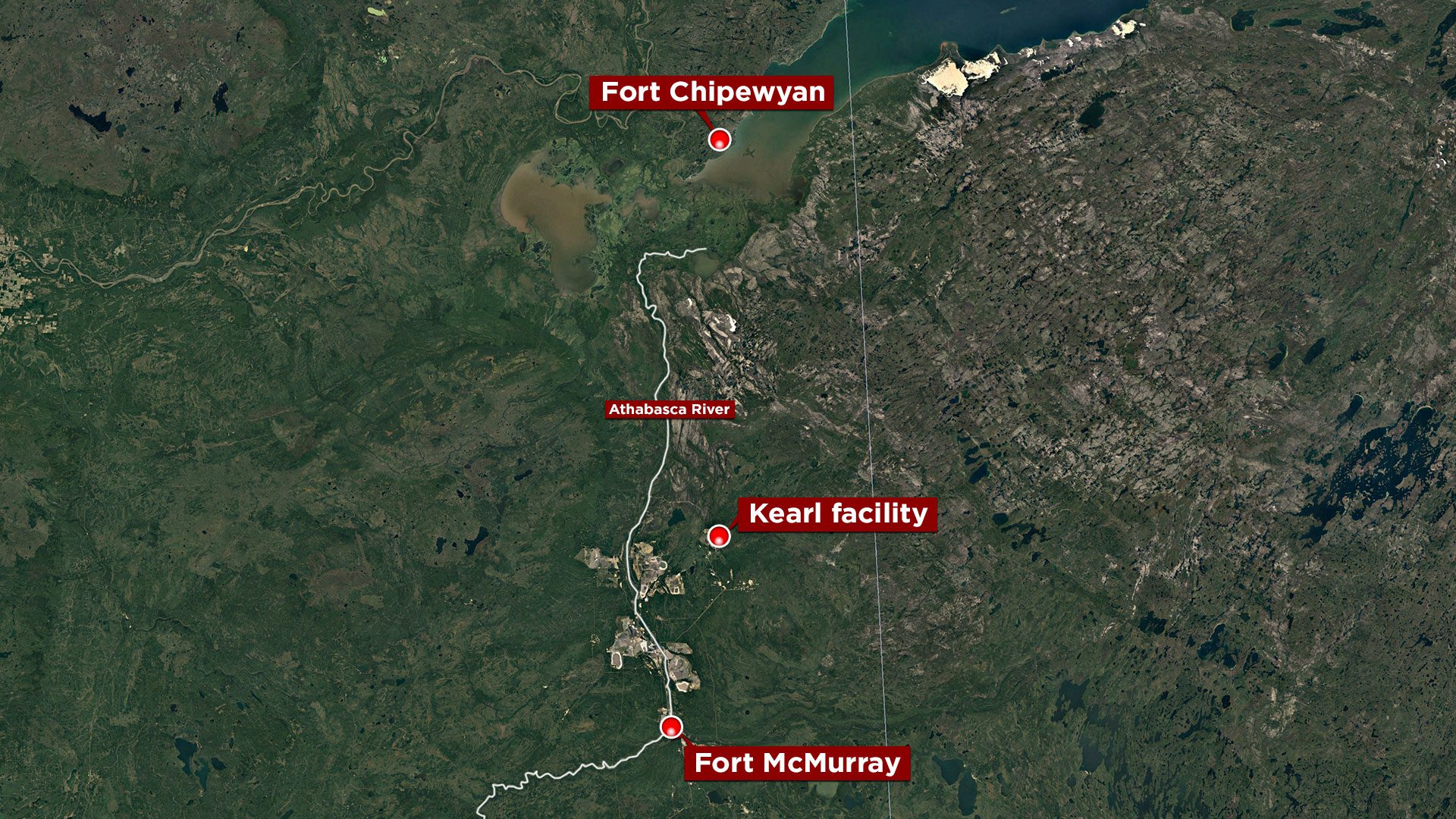
THE CANADIAN PRESS/Justin Tang
Canada’s environment minister announced that the department is launching an investigation into a leak that took place in 2022 at Imperial Oil’s Kearl tar sands site.
“The decision to move from a full inspection to an investigation means that the file has reached a stage where officers will determine whether charges are warranted for non compliance with the Federal Fisheries Act,” said Minister Steven Guilbeault.
“As this is an active investigation I can’t say anything more about [it at] this point.”
An overland spill is what first brought the ongoing tailings pond leaks to the attention of the Athabasca Chipewyan First Nation, who released information to the media.
The leak was an estimated 5.4 million litres, or enough to fill two Olympic-sized swimming pools.
Read More:
Anger, fear and questions mark a meeting in Fort Chipewyan with Imperial Oil
‘We are probably going to be the first oil sands environmental refugees’
Imperial Oil reported it to the Alberta Energy Regulator [AER] on Feb. 4, 2023.
The overland spill also brought to light that tailings pond water began seeping from the Kearl site into a small lake in northern Alberta in May 2022 – but local Indigenous communities say they were not notified of the spill until February of this year – more than nine months later.
The tar sands project is more than a 300 km drive south from Fort Chipewyan in Northern Alberta but Indigenous community members hunt and fish in the area and rely on the same watershed.

According to Environment Canada, Imperial is being investigated for “a suspected contravention of subsection 36(3) of the Fisheries Act at Imperial Oil Ltd.’s Kearl Oil Sands Site,” which, “prohibits the deposit of a deleterious substance into water frequented by fish, or in any place where the deleterious substance may enter any such water.”
Fines under the Fisheries Act can vary from $5,000 to $1,000,000 per charge by a person or corporation. Imposed fines also consider whether it is a first offense, or a second or subsequent offense.
Guilbeault wouldn’t comment on the maximum consequence of the investigation.
Previous information from Environment Canada said that based on information collected to date, the seep is believed to have been harmful to fish.
Past news releases give an idea of some of the charges under the act.
On Jan.10, 2023 Tech Metals Ltd. was ordered to pay a $2.2 million fine for unlawful deposit of “low-pH effluent” into the Columbia River in 2019. They pleaded guilty to two charges under the act and one charge under B.C’s Environmental Management Act.
On March 17 in the provincial court of British Columbia, Keller Foundations Ltd. Was charged after an investigation into the deaths of approximately 85 Cutthroat Trout in Larson Creek, West Vancouver. Keller Foundations Ltd. was ordered to pay a penalty of $1 million after pleading guilty to charges under the act.
The fines collected go to the government of Canada’s Environmental Damages Fund to support projects that “have a positive impact on Canada’s natural environment” according to the news release.

As he has in the past, Guilbeault pointed to “serious gaps in reporting and notification of these incidents,” and said he has proposed a meeting with the Alberta Government, the Northwest Territories government and Indigenous leaders to find a way of addressing the notification problems.
On May 3, Imperial Oil sent out a press release that said they continue to expand their “seepage interception system” and are increasing water and wildlife monitoring in the area.
Work is expected to be fully complete by the end of May 2023.
“There continues to be no indication of impacts to wildlife or fish,” said the press release.
Guilbeault also said that there needs to be better processes put in place to help communities that rely on drinking water around the tar sands mining is safe.
“The processes we have in place have failed Indigenous communities, failed Albertans and failed Canadians. We need to do better. There’s an immediate issue with the tailing ponds…we want to reassure communities that live around the oilsands that the water they rely on everyday is safe,” said Guilbeault.
Tailings ponds are used extensively in the tar sands. These reservoirs are used as a dumping ground for water contaminated with various chemicals and compounds including mercury, arsenic and heavy metals left over from the process of extracting the bitumen from the clay.
According to the organization Environmental Defence, the use of the word “ponds” is misleading. They can stretch “as far as the eye can see,” and impact “healthy boreal systems, sprawling through Indigenous territories, leaking contaminants into groundwater and emitting greenhouse gasses.”










